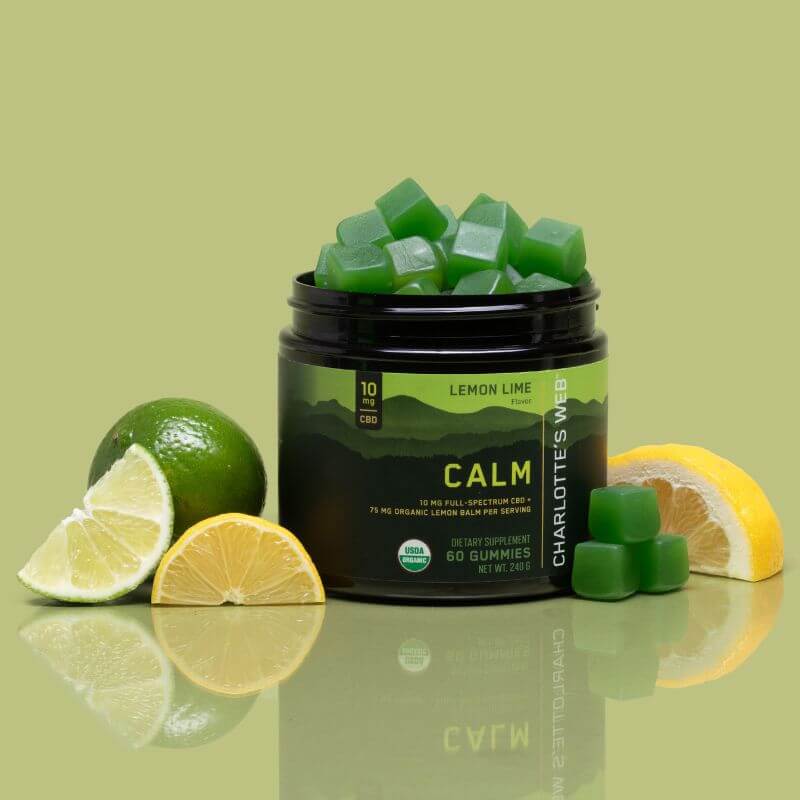These formulations combine the clinically proven benefits of camphor and menthol with the restorative properties of CBD, shea butter, and essential oils. Designed for targeted pain relief and deep nourishment, they support consumers by promoting comfort, recovery, and overall well-being.

Have Questions?
Email Us: orders@charlotesweb.com
Call Us: +1-888-422-3254
Monday - Thursday : 9AM-5PM MST
Friday: 9AM-3PM MST

















